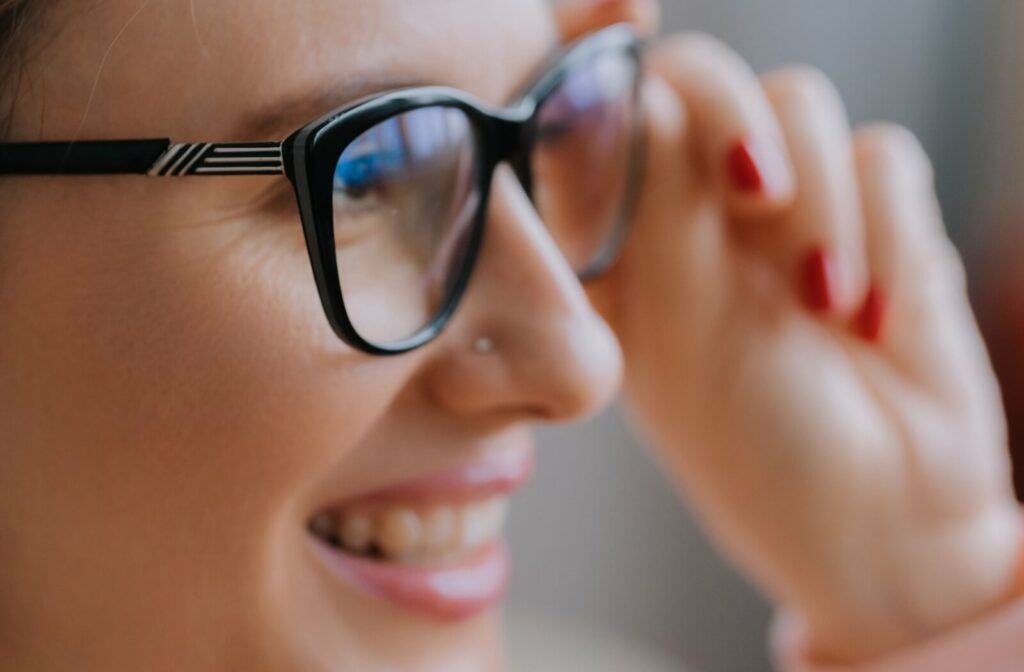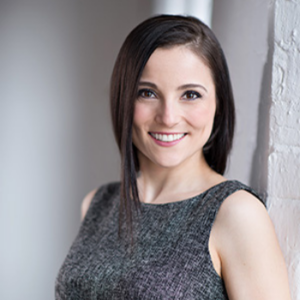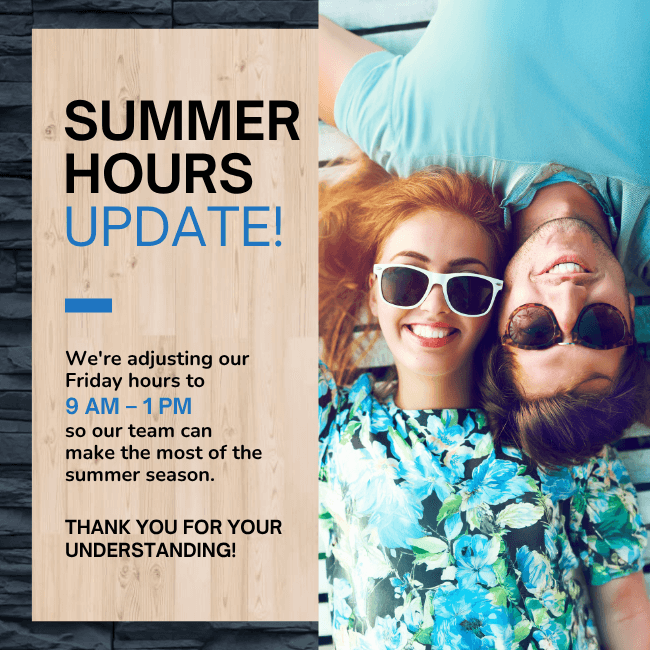If you’ve been told that you have 20/30 vision, you might be wondering what that really means—and, more importantly, whether it means you need glasses. The short answer? It depends.
20/30 vision is slightly below what’s considered “perfect” vision, but whether or not you need glasses depends on your lifestyle, symptoms, and eye health. For some people, glasses can improve comfort and clarity, while others may function perfectly fine without them.
Understanding your visual acuity, how it affects your daily life, and what your optometrist recommends can help you make the right decision.
What Does It Mean to Have 20/30 Vision?
Visual acuity refers to how clearly you can see details at a distance. It is measured using a Snellen —the classic eye chart with letters that decrease in size line-by-line.
If you have 20/30 vision, this means you can see at 20 feet what someone with normal 20/20 vision can see from 30 feet away. In practical terms, your vision is less sharp than is ideal, but not necessarily poor.
The difference might not cause daily disruptions, but it may be noticeable in some situations.
Is 20/30 Vision a Problem?
In most cases, 20/30 vision is still considered to be within a normal range.
That said, people with 20/30 vision may still encounter certain challenges, especially in low-light settings or when doing tasks that require precision. If you’re straining to read small text, struggling to see distant signs while driving, or experiencing eye fatigue, it may be time to explore corrective options—even if that means a mild prescription.
Do I Require Glasses for 20/30 Vision?
Whether or not you “need” glasses for 20/30 vision isn’t always clear-cut. It depends on your visual demands, how your eyes feel throughout the day, and how much clarity matters to you.
Here are a few scenarios where glasses may be helpful:
You’re Having Difficulty with Particular Tasks
Certain activities may highlight limitations in visual clarity:
- Reading: Struggling to read fine print or view text on digital screens may mean that your eyes are working harder than necessary.
- Driving: Especially at night, slightly blurry distance vision can make it harder to read road signs or see in low-light conditions.
- Work tasks: If your job requires focus on detailed objects or long hours at a computer, even mild blur can cause eye strain over time.
You’re Experiencing Eye Fatigue
Even if you don’t feel that your vision is significantly impaired, symptoms like tired eyes, headaches, or dry eyes after reading or screen time could all point to eye strain. Glasses with a light prescription can reduce stress on the eyes and increase comfort, particularly during prolonged use of digital devices.
You Want Better Visual Clarity
Some people simply prefer the sharpness that glasses can provide. In particular, if you’ve had 20/20 vision for most of your life and your vision has recently gotten worse, you may notice the differences acutely. This might be a reason to get glasses.
Your Eye Doctor Recommends Glasses
Ultimately, your optometrist will be able to give you the most reliable advice, based on your symptoms, overall eye health, and how much visual support you may benefit from. In some cases, wearing glasses with 20/30 vision is a preventative measure to reduce fatigue or prevent worsening symptoms.

Do You Always Need Glasses with 20/30 Vision?
If you are not experiencing vision problems that interfere with your daily life, you might not need glasses right away. Some people with 20/30 vision function perfectly well without correction.
That’s why regular eye exams are essential. Your optometrist will assess your visual acuity, overall eye health, and whether there’s any strain or fatigue that may warrant glasses.
How to Manage 20/30 Vision Without Glasses
If you and your optometrist decide glasses aren’t necessary, or if you prefer to go without them for now, there are steps you can take to support your eye comfort and health:
- Use the 20-20-20 rule: Every 20 minutes, look at something 20 feet away for 20 seconds while working on screens.
- Improve lighting: Reading or working in well-lit environments reduces strain and helps you see more clearly.
- Stay hydrated and blink often: These simple habits prevent dry eyes and help your eyes stay comfortable.
- Eat eye-friendly foods: Incorporate leafy greens, citrus fruits, and omega-3-rich fish to support eye health from the inside out.
- Get regular eye exams: Even if your vision seems fine, keeping up with your optometrist helps catch subtle changes early.
What Are the Alternatives to Glasses?
If you’re not a fan of glasses but still want sharper vision, there are a few alternatives to consider:
- Contact lenses: For mild prescriptions like those for 20/30 vision, contacts can provide visual clarity with a barely-there feel.
- Laser eye surgery: LASIK or PRK may be an option for some people, though surgery is usually reserved for more significant refractive errors than 20/30 vision.
Your optometrist can walk you through the pros and cons of each option to find what works best for your lifestyle and comfort.
Book an Eye Exam in Niagara Falls
Having 20/30 vision doesn’t automatically mean you need glasses—but it’s worth exploring if you’ve noticed changes in your eyesight or comfort. The best way to know for sure is to schedule a comprehensive eye exam.
At Niagara Vision, we’re here to help you understand your vision and explore the best options for your eye health. Whether you need glasses, contacts, or simply reassurance that your eyes are doing well, we provide care that’s clear, comfortable, and personalized.
Book your eye exam today to find out what your 20/30 vision really means, and what steps you can take to keep seeing your best.








